Contact Us for Detailed Information About Hair Transplantation and Free Consultancy!
9 Haartransplantatie feiten en fabels
Haartransplantatie is een esthetische ingreep die elke vrouw en man met haarverlies zou willen ondergaan. Hoewel een haartransplantatie in principe een eenvoudige chirurgische ingreep is die uit 3 fasen bestaat, kent het, zoals in elke branche, ook fijne details.
In dit artikel zullen we het hebben over een aantal veel voorkomende misvattingen gebaseerd op urban legends die in het hoofd kunnen zitten van degenen die een haartransplantatie willen ondergaan en de juiste. Dus laten we beginnen.
1.1. FOUT: Haartransplantatie is een pijnlijk proces.
Een van de meest voorkomende misvattingen over haartransplantatie is dat haartransplantatie een pijnlijke procedure is. Deze informatie is echter onjuist. Haartransplantatie is een pijnloos en pijnloos proces dankzij de plaatselijke verdoving die voor de procedure wordt uitgevoerd. Haartransplantatie chirurgie is in principe gebaseerd op 3 fasen. Dit zijn de plaatselijke verdoving vóór de haartransplantatie, het verwijderen van de haarwortels uit het donorgebied en de transplantatie van de haarwortels in het doelgebied.
Bij haartransplantatieprocedures worden het donorgebied en het doelgebied door middel van lokale verdoving voorbereid op de transplantatie. Dankzij de plaatselijke verdoving die de patiënt vóór de transplantatie krijgt, is het haartransplantatieproces pijnloos en pijnloos.
FOUT 2: Mannen van 20 en 30 zijn te vroeg voor haartransplantatie.
In tegenstelling tot wat vaak wordt gedacht, zijn mannen van 20 en 30 jaar niet te vroeg voor een haartransplantatie. De meeste mensen denken dat een haartransplantatie moet worden uitgevoerd nadat de haaruitval is gestopt. In principe is het echter niet nodig om te wachten tot de haaruitval afneemt of stopt om een haartransplantatie te ondergaan.
In tegenstelling tot wat vaak wordt gedacht, is haartransplantatie een procedure die niet tot op zeer late leeftijd moet worden uitgevoerd. Omdat het haar tussen de 2 oren, dat wordt aangewezen als donorgebied voor haartransplantatie, sterk en gezond moet zijn, is het voordeliger om haartransplantatie op jonge leeftijd uit te voeren. Na de 40 verzwakken zowel de haaruitdunning als de haarzakjes in het donorgebied bij mannen. Daarom is het heel belangrijk om haartransplantatie niet uit te stellen tot latere leeftijden.
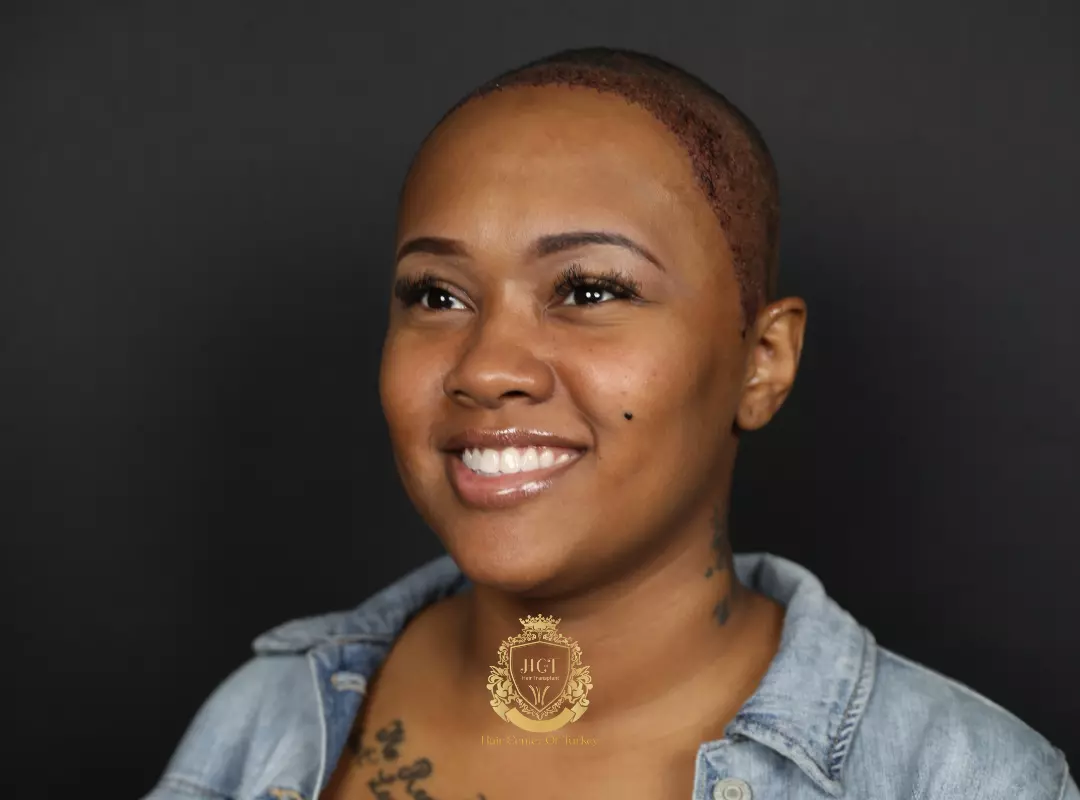
FALSE 3: Alleen mannen kunnen een haartransplantatie ondergaan.
Haaruitval is een probleem dat vaker voorkomt bij mannen, maar het is ook een gezondheidsprobleem bij vrouwen. Kaalheid of alopecia androgenetica bij vrouwen kan worden veroorzaakt door hormonale veranderingen, menopauze, schildklierproblemen, bloeddrukmedicatie en anticonceptiepillen. In dit opzicht kunnen vrouwen ook een aanvraag indienen bij haartransplantatieklinieken en zich ontdoen van het ongezonde uiterlijk dat wordt veroorzaakt door haaruitval en dunner wordend haar.

4. FALSE: Een kunstmatig uiterlijk ontstaat na haartransplantatie.
Haartransplantatieprocedures zijn altijd gericht op een natuurlijk resultaat. Haartransplantatie van de eigen haarzakjes van de patiënt in de donorgebieden is zeer effectief om een natuurlijk resultaat te verkrijgen. Daarnaast is het de bedoeling om een natuurlijker uiterlijk te krijgen door een verspreide transplantatie op de voorste haarlijn uit te voeren.
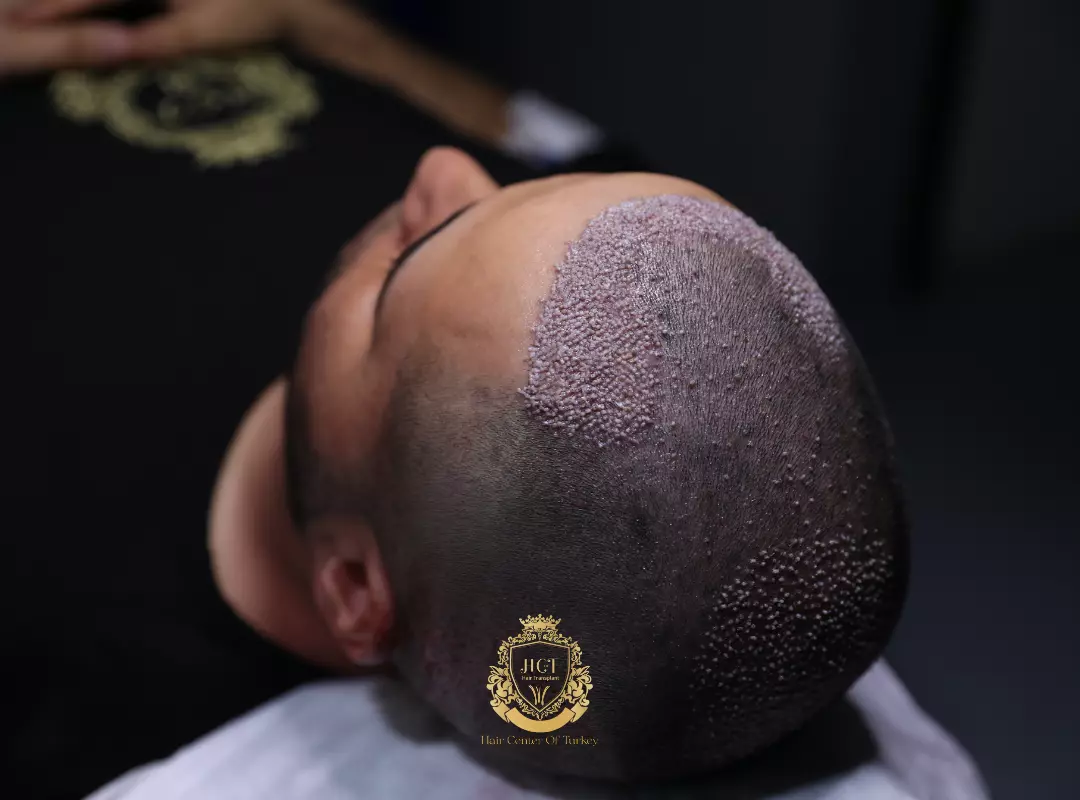
5.FALSE: Er zijn geen complicaties bij haartransplantatie
Haartransplantatie is zowel een chirurgische ingreep als een esthetische ingreep. Daarom kan niet worden gezegd dat er geen complicaties zijn bij haartransplantatie. Er kunnen risico’s zijn zoals oedeem, zwelling, korstvorming en infectie na haartransplantatie. Infectie is een mogelijk risico bij elke chirurgische ingreep waarbij een incisie of punctie wordt gemaakt. Het risico op infectie kan echter geminimaliseerd worden door het deskundige team dat de transplantatie uitvoert door de nodige aandacht te besteden en de juiste ingreep op het juiste moment uit te voeren.
6. FALSE: Haartransplantatie wordt gedaan door haar van iemand anders te nemen.
Eind jaren 70 werd haartransplantatie uitgevoerd met behulp van kunstmatige haarvezels. Kunstmatige haartransplantatie of haartransplantatie met biovezels, die een grote impact had op het moment van de ontdekking, werd door sommige landen kritisch bekeken omwille van complicaties die nadien optraden. In 1983 verbood de Amerikaanse Food and Drug Administration (FDA) kunstmatige haartransplantatie in Noord-Europa. Vervolgens verboden verschillende landen ook kunstmatige haartransplantatie in hun eigen land.
Tegenwoordig worden haartransplantatieprocedures uitgevoerd door transplantatie van haarfollikels van het achterhoofd van de persoon, die genetisch moeilijk uit te vallen zijn, naar het kalende gebied. Vandaag de dag wordt haartransplantatie niet uitgevoerd met haarfollikel afkomstig van het hoofd of lichaamsdeel van iemand anders. Bij haartransplantatie worden de eigen haarzakjes van de persoon gebruikt.
Experts onderzoeken of haartransplantatie kan worden uitgevoerd door haarstrengen van iemand anders te nemen. Vooralsnog is echter niet gebleken dat dit type haartransplantatie succesvolle resultaten geeft. Zelfs als de haarzakjes die van iemand anders zijn genomen bij de patiënt worden getransplanteerd, bestaat de kans dat het haar na een tijdje wordt afgestoten, dus dit type haartransplantatie geeft vandaag de dag geen succesvolle resultaten.
7. FALSE: Eigenlijk kan haar worden gekweekt met haarmedicijnen, ik heb geen haartransplantatie nodig.
Haarmedicijnen behoren tot de methoden die mensen met haaruitval gebruiken om haaruitval te voorkomen. Er zijn 2 FDA goedgekeurde medicijnen die gebruikt worden om haaruitval te voorkomen. Dit zijn Finasteride en Minoxidil. Hoewel deze medicijnen zeer effectief zijn in het voorkomen van haaruitval en het versterken van het haar, bieden ze geen oplossing voor haarzakjes die uitvallen en volledig afsterven.
Haartransplantatie is een esthetische ingreep speciaal voor mannen of vrouwen die om genetische redenen last hebben van haaruitval. Aangezien haarzakjes op geen enkele manier terug kunnen komen na genetisch haarverlies, is transplantatie in haartransplantatie klinieken een goede optie.
8. FALSE: Ik kan de haarlijn van mijn jeugd bereiken
Haaruitval begint bij mannen rond hun 20ste en gaat intensief door tot hun 40ste. Na de 40 gaat de haaruitval door, hoewel het langzamer gaat. Als de patiënten veel kaal worden en er niet genoeg haarfollikel in het donorgebied overblijven, kan de haarlijn niet meer zo worden als in de jeugd. Met andere woorden, patiënten met grote kale gebieden moeten hoge verwachtingen hebben van haartransplantatieprocedures.
9. FALSE: Haartransplantatie wordt niet gedaan in de zomer.
Haartransplantatie kan in alle seizoenen worden uitgevoerd en in alle seizoenen kunnen succesvolle resultaten worden behaald. De beweringen dat haartransplantatie niet kan worden uitgevoerd in de zomer of dat het onhandig is om een haartransplantatie in de zomer te laten uitvoeren, zijn vandaag de dag nog steeds in de hoofden aanwezig als urban legends. In principe verloopt een haartransplantatie vlekkeloos wanneer u zich tot de juiste kliniek en specialist wendt. Wanneer een haartransplantatie in de zomer wordt uitgevoerd, zijn er een aantal punten waar je rekening mee moet houden.
Wanneer je een haartransplantatie in de zomer laat uitvoeren, mag het behandelde gebied gedurende 1 maand na de transplantatie niet worden blootgesteld aan direct zonlicht. Daarnaast kan het geen kwaad om in een schaduwrijke omgeving te verblijven. Het betreden van het zwembad of de zee na een haartransplantatie is onhandig vanwege het chloor- en zoutwater in het water. Patiënten die een haartransplantatie hebben ondergaan, mogen de eerste 2 weken na de transplantatie niet in zee of in het zwembad gaan en mogen het transplantatiegebied niet te veel blootstellen aan water. Na twee weken kan het geen kwaad om in overleg met uw arts het zwembad of het water in te gaan.
Contents
- 9 Haartransplantatie feiten en fabels
- 1.1. FOUT: Haartransplantatie is een pijnlijk proces.
- FOUT 2: Mannen van 20 en 30 zijn te vroeg voor haartransplantatie.
- FALSE 3: Alleen mannen kunnen een haartransplantatie ondergaan.
- 4. FALSE: Een kunstmatig uiterlijk ontstaat na haartransplantatie.
- 5.FALSE: Er zijn geen complicaties bij haartransplantatie
- 6. FALSE: Haartransplantatie wordt gedaan door haar van iemand anders te nemen.
- 7. FALSE: Eigenlijk kan haar worden gekweekt met haarmedicijnen, ik heb geen haartransplantatie nodig.
- 8. FALSE: Ik kan de haarlijn van mijn jeugd bereiken
- 9. FALSE: Haartransplantatie wordt niet gedaan in de zomer.
Our Before & Afters
Watch our video to examine dozens of hair transplant before and results.
Turkey Hair Transplant Before and After
Hair transplant Turkey before and after are the first things that people who are considering hair transplantation are curious about. Click the button to browse this and more.
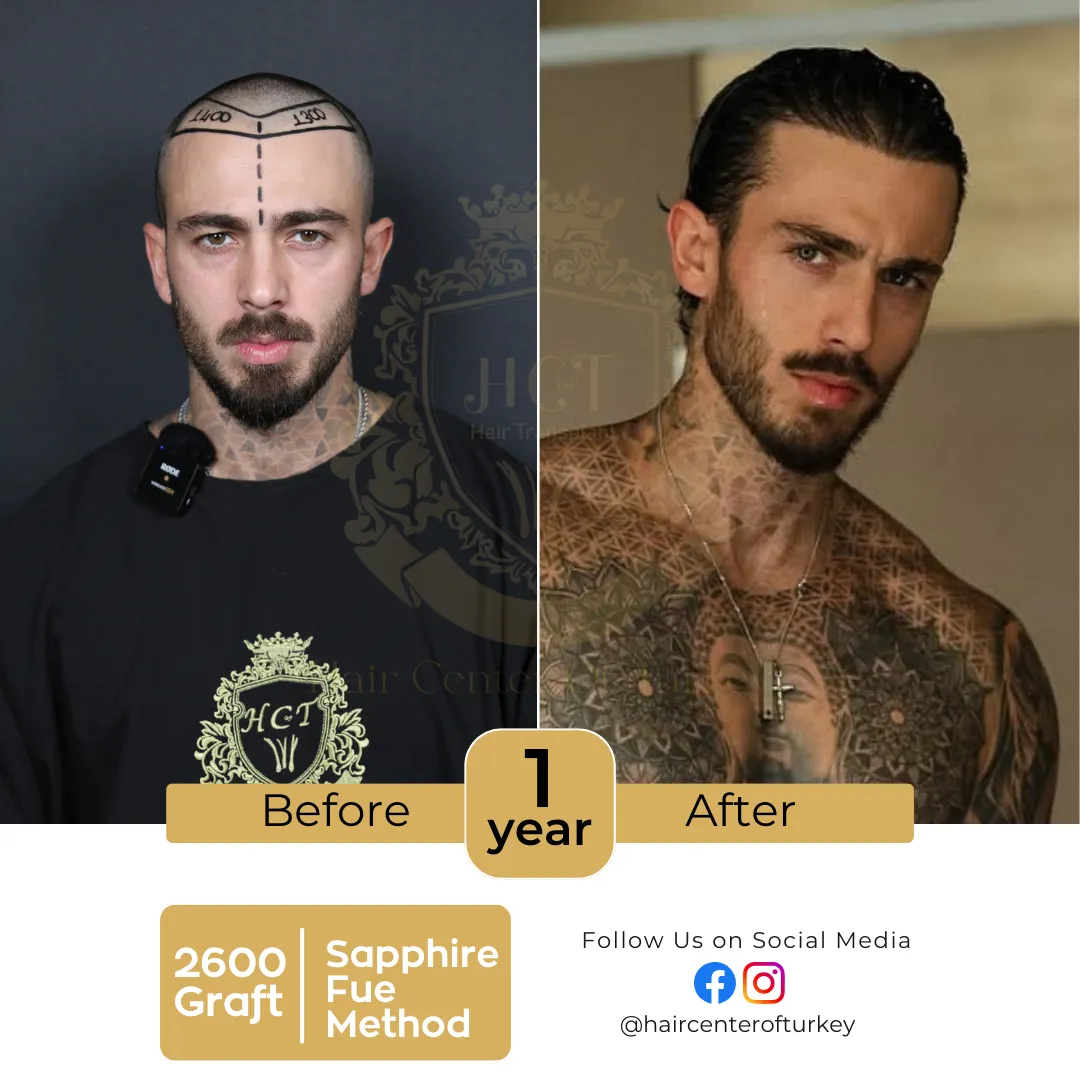
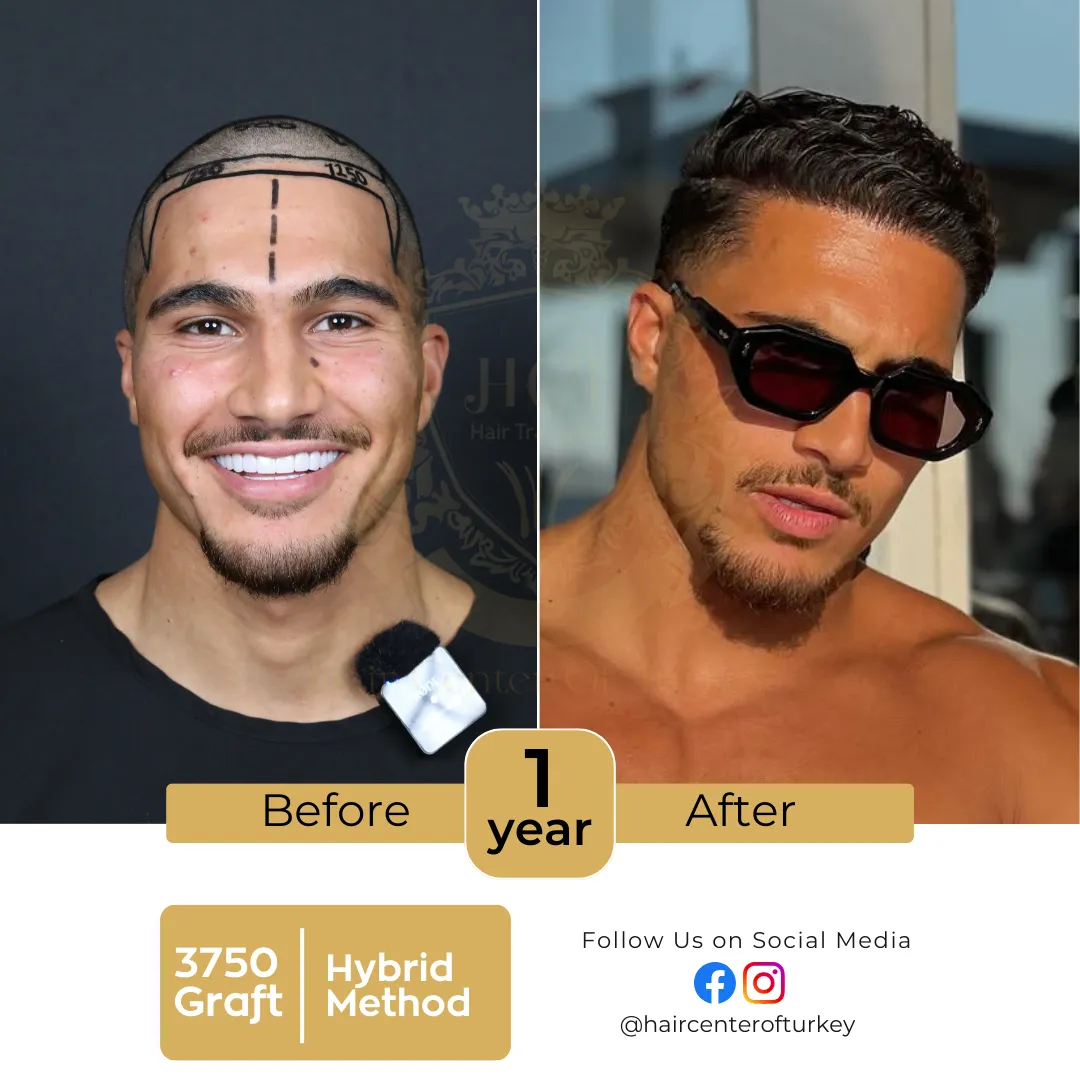
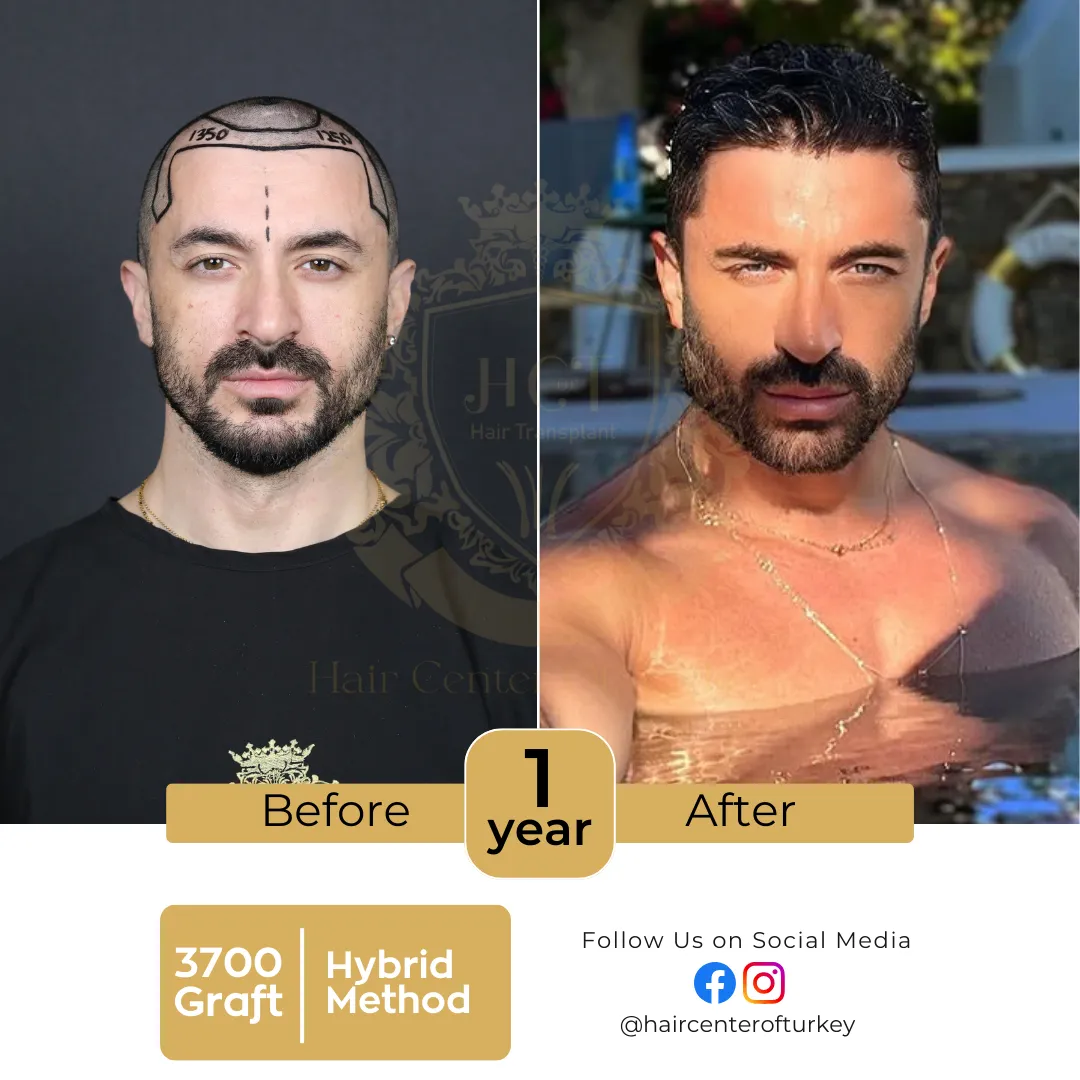
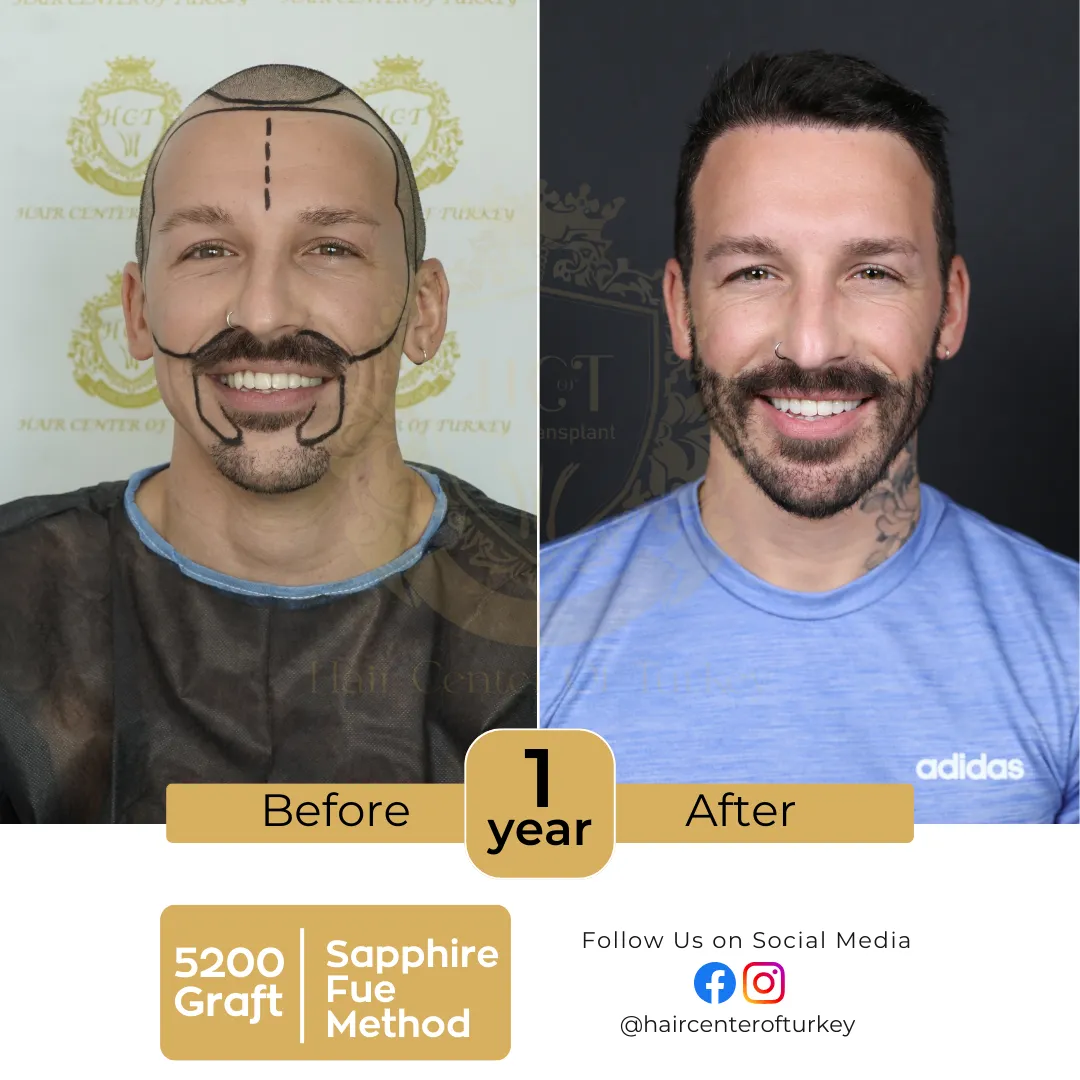
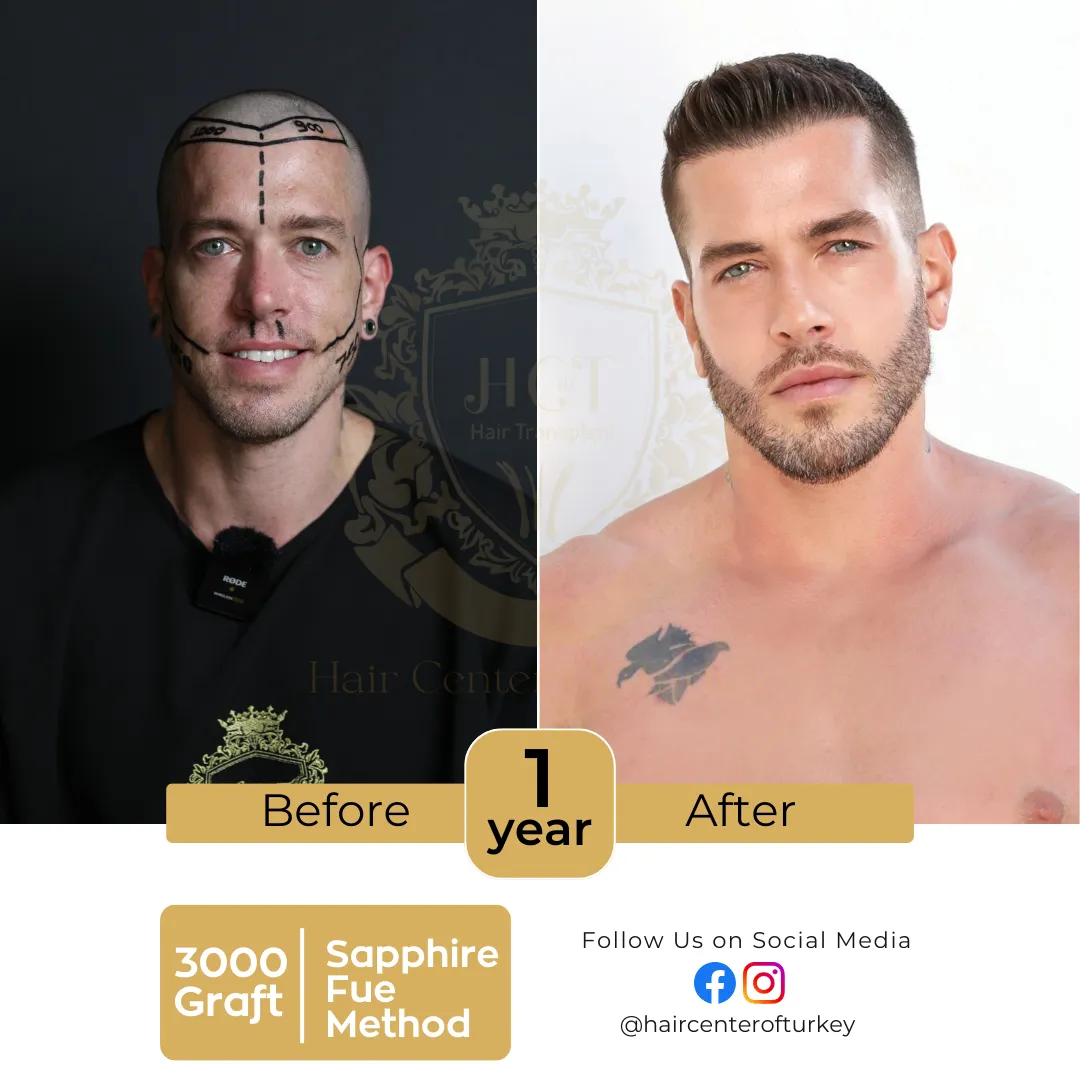
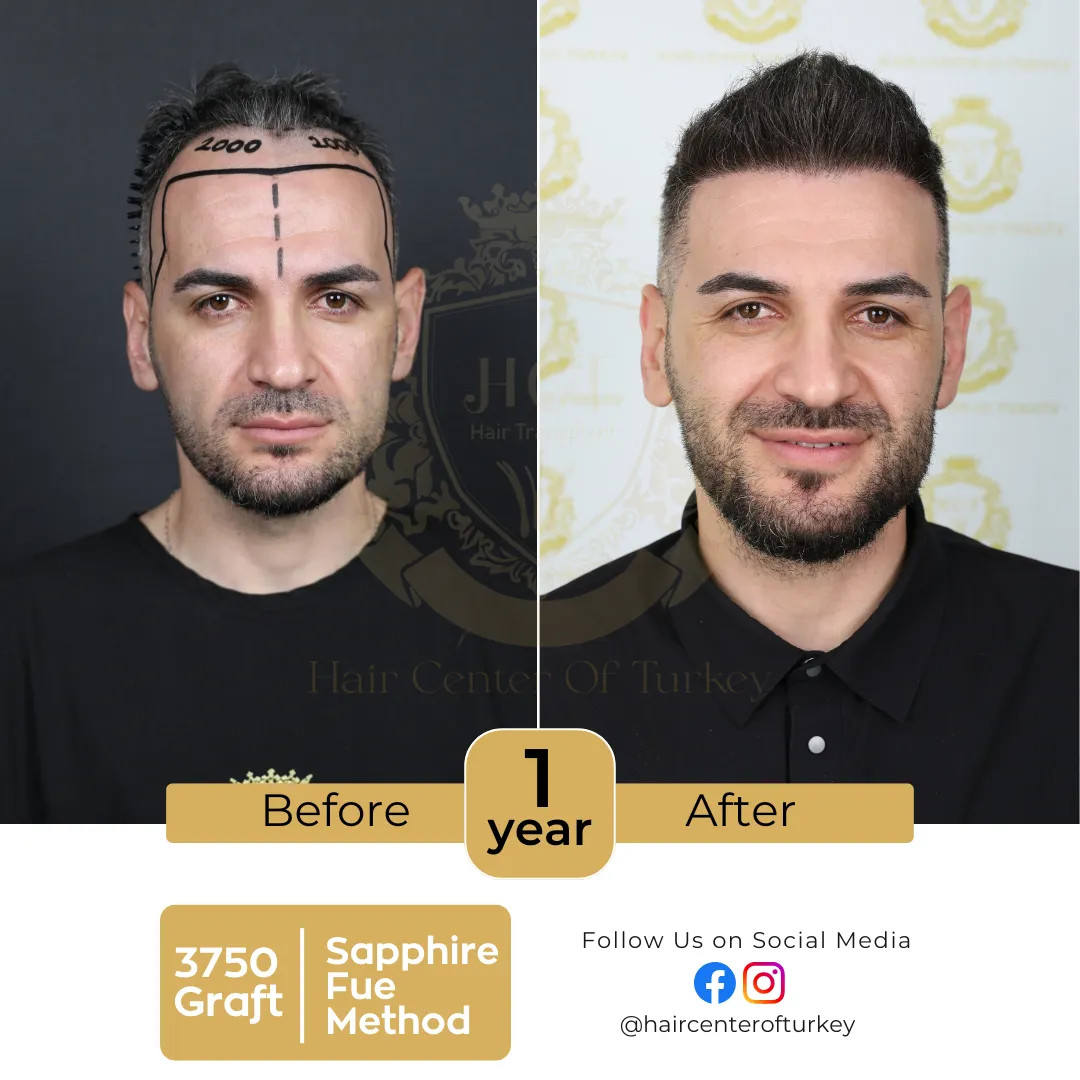
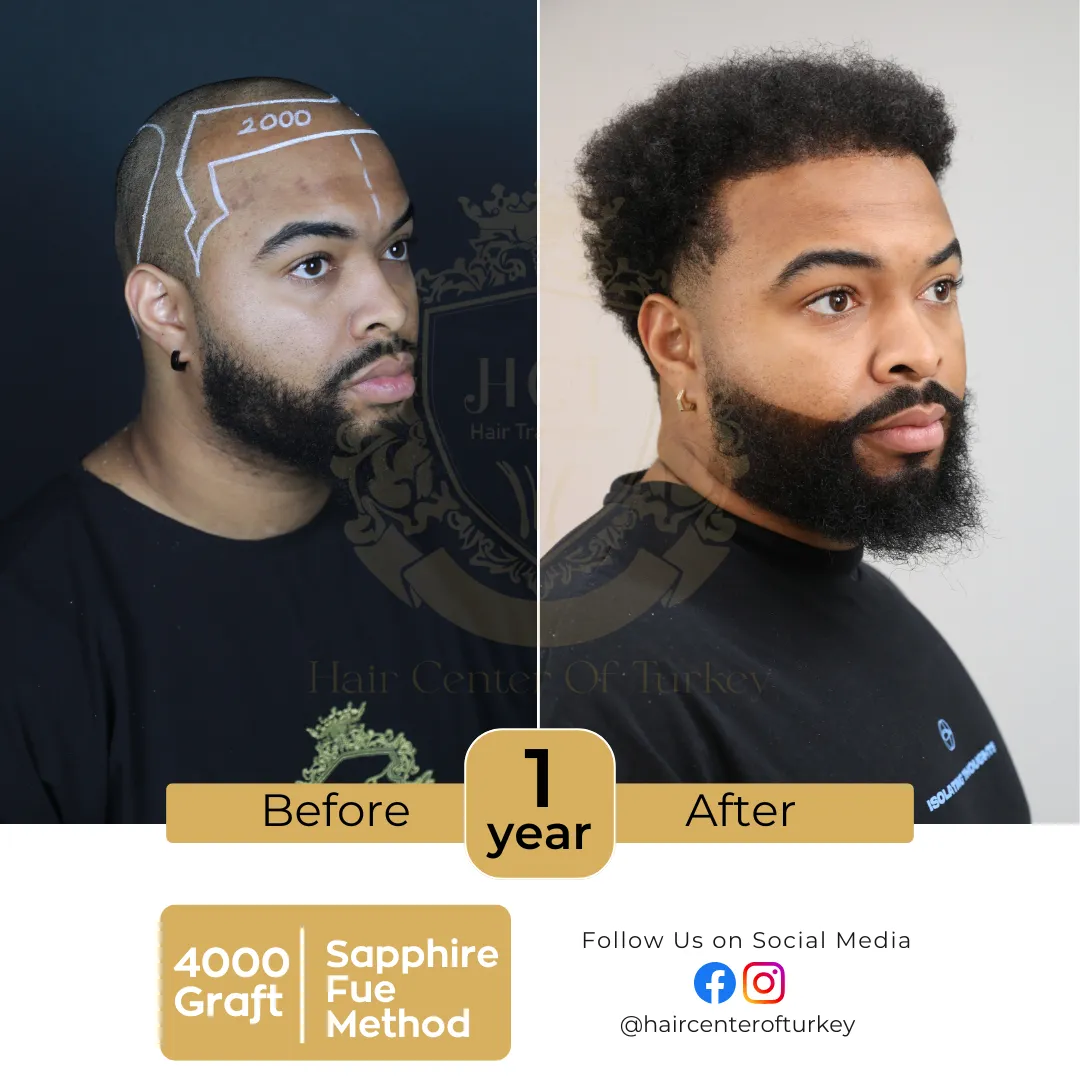
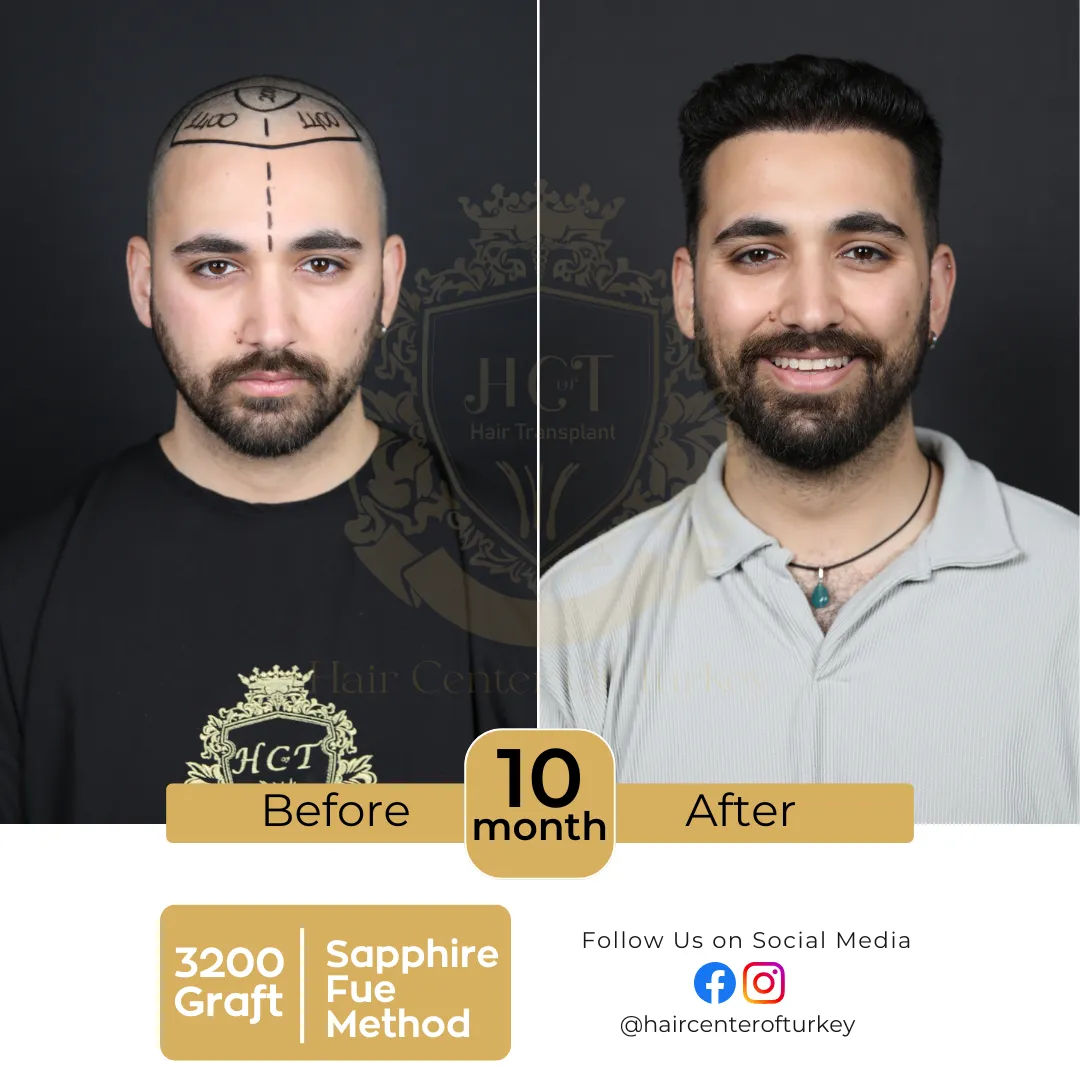
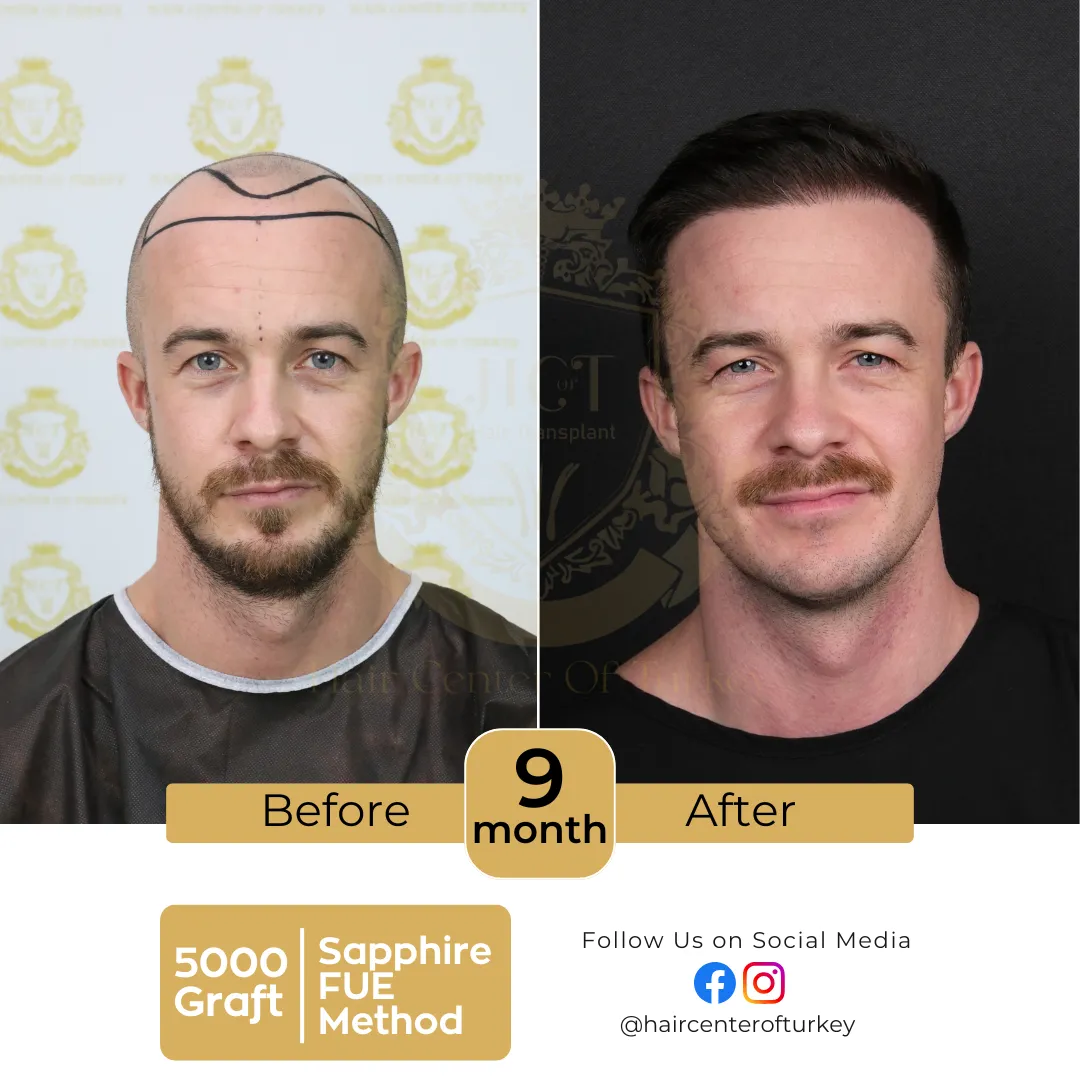
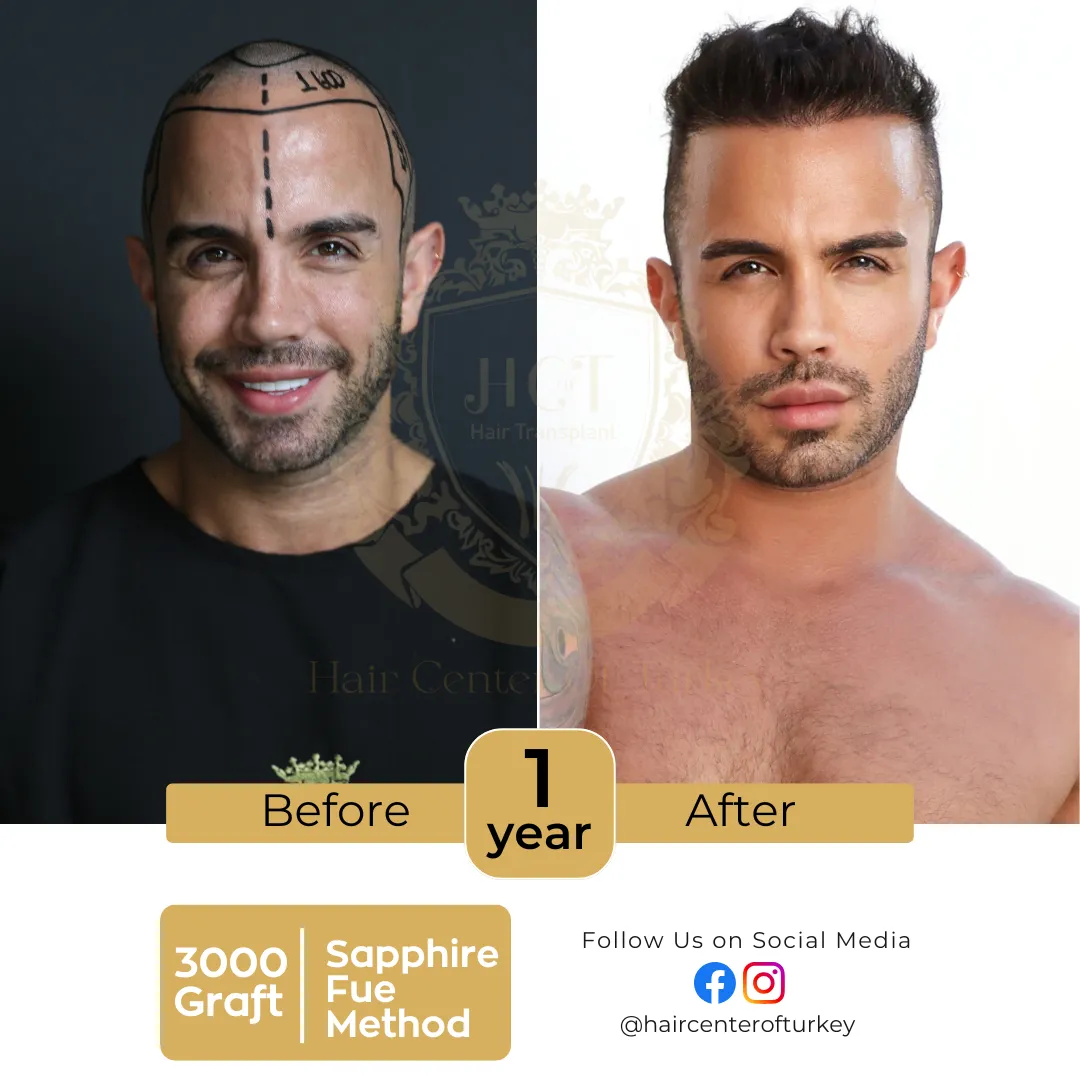
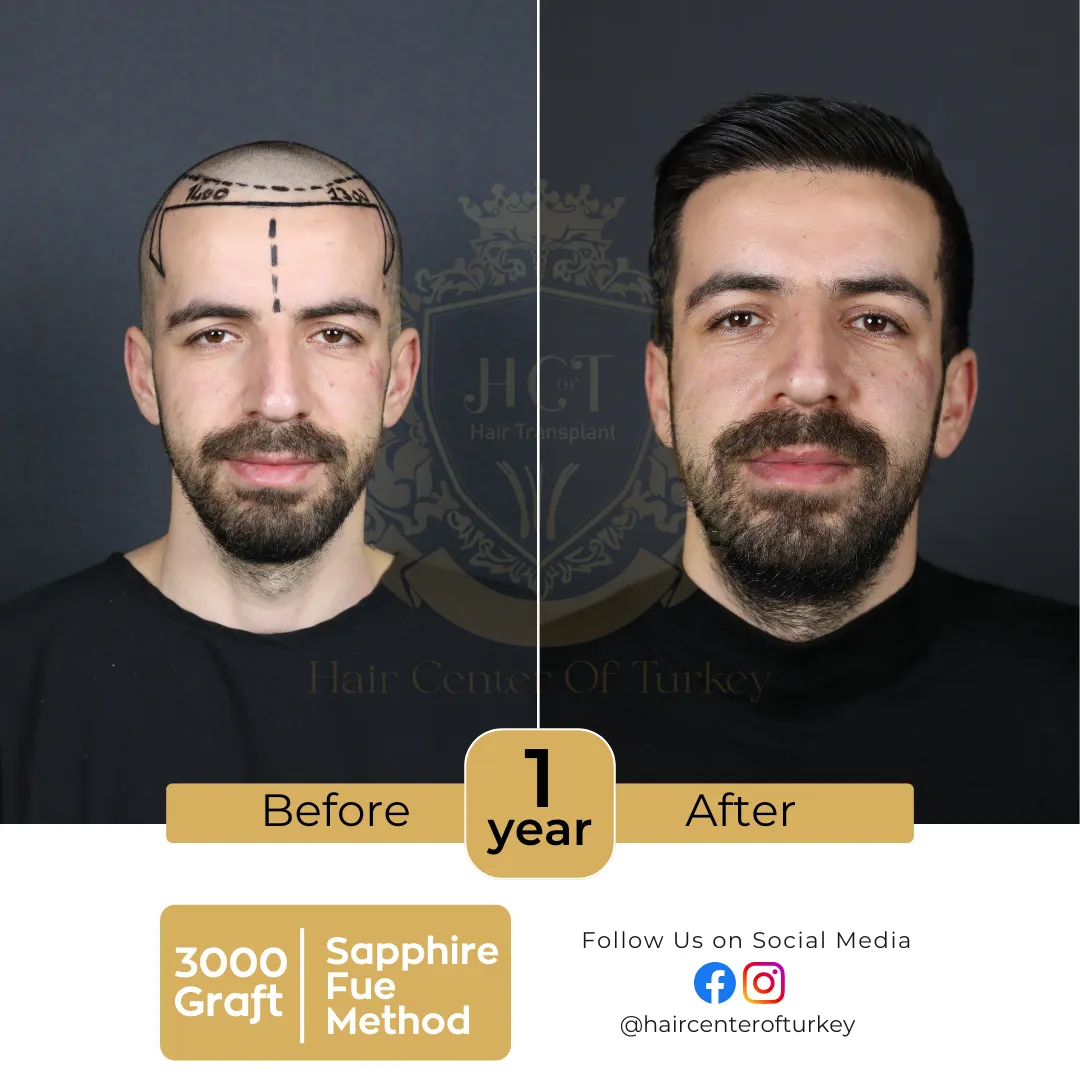
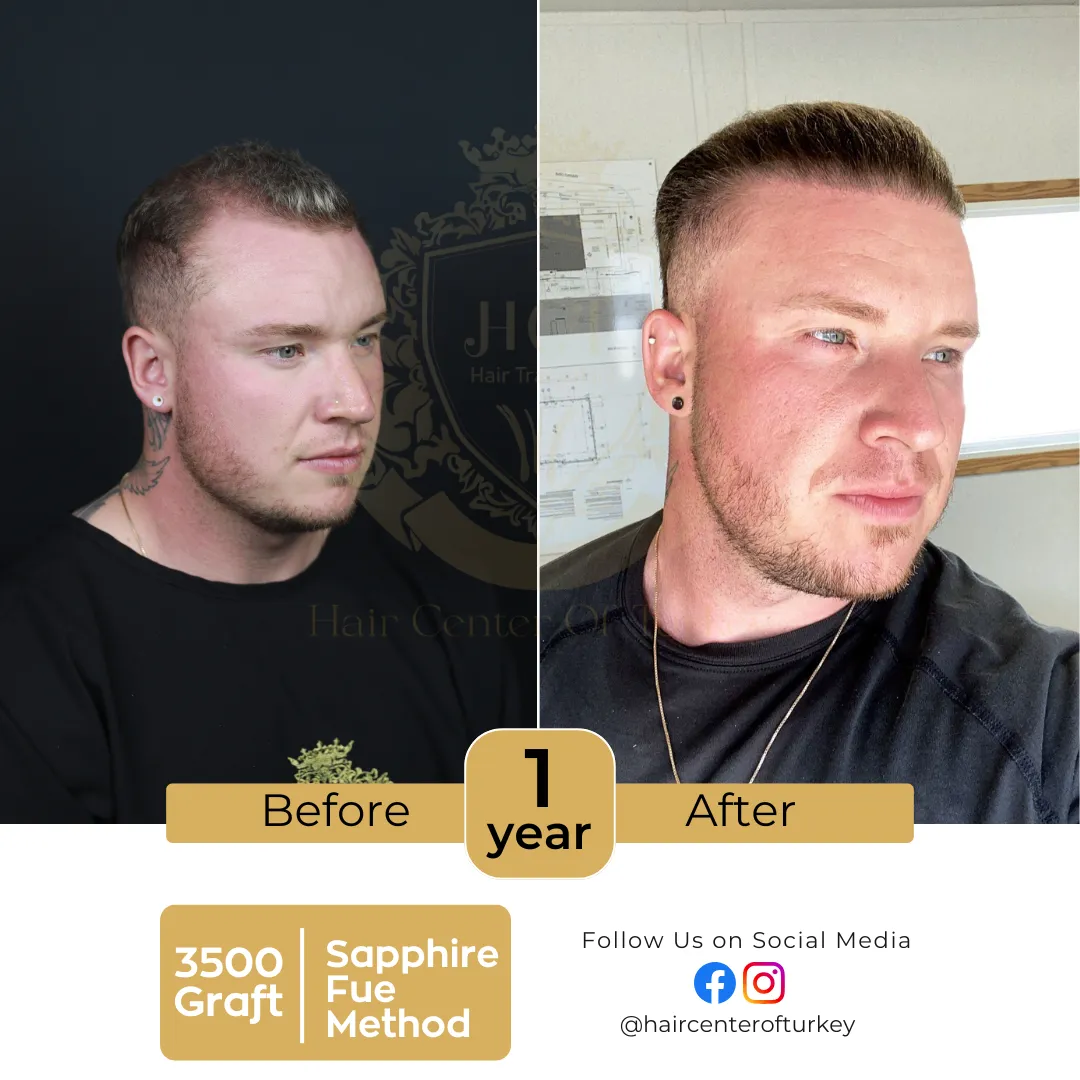
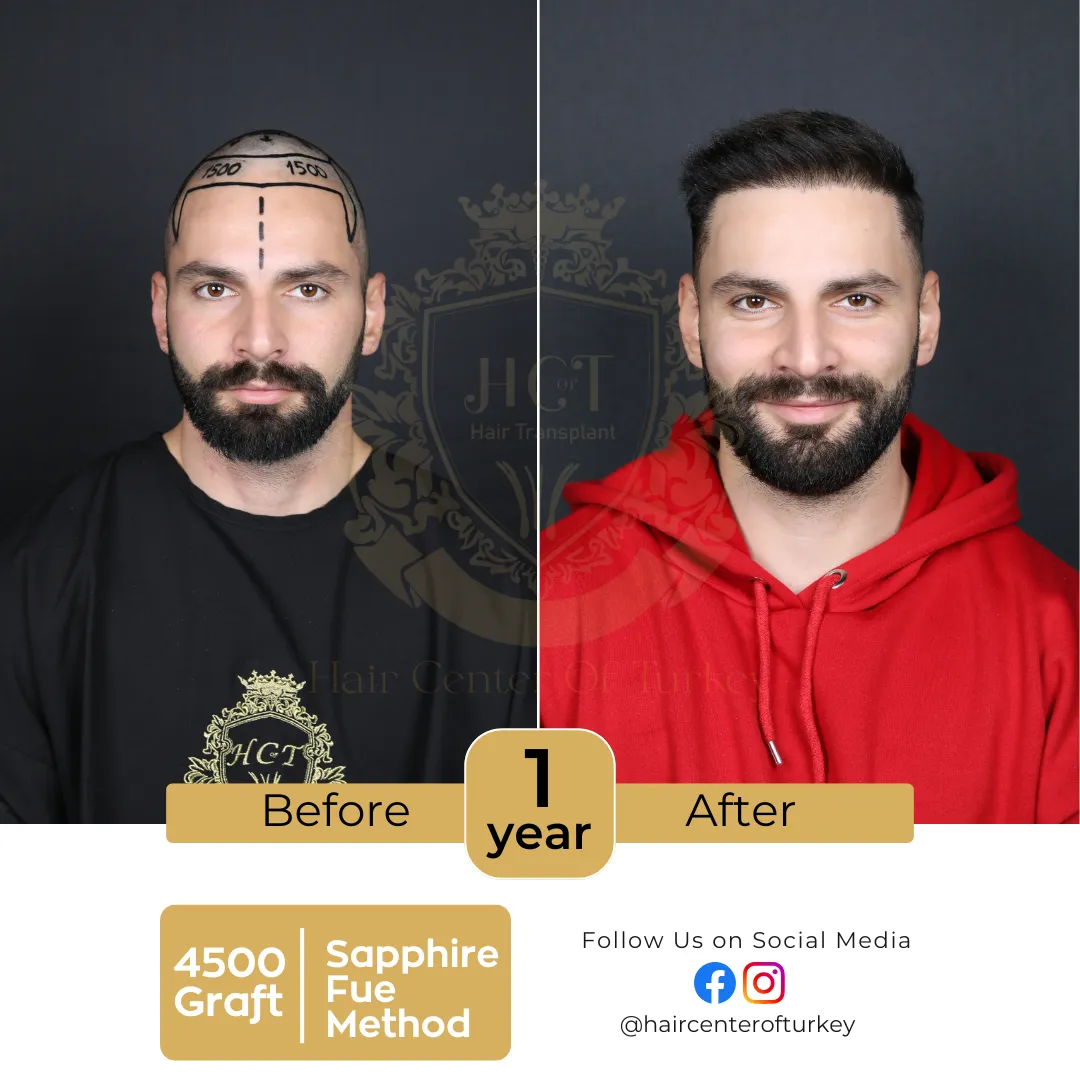

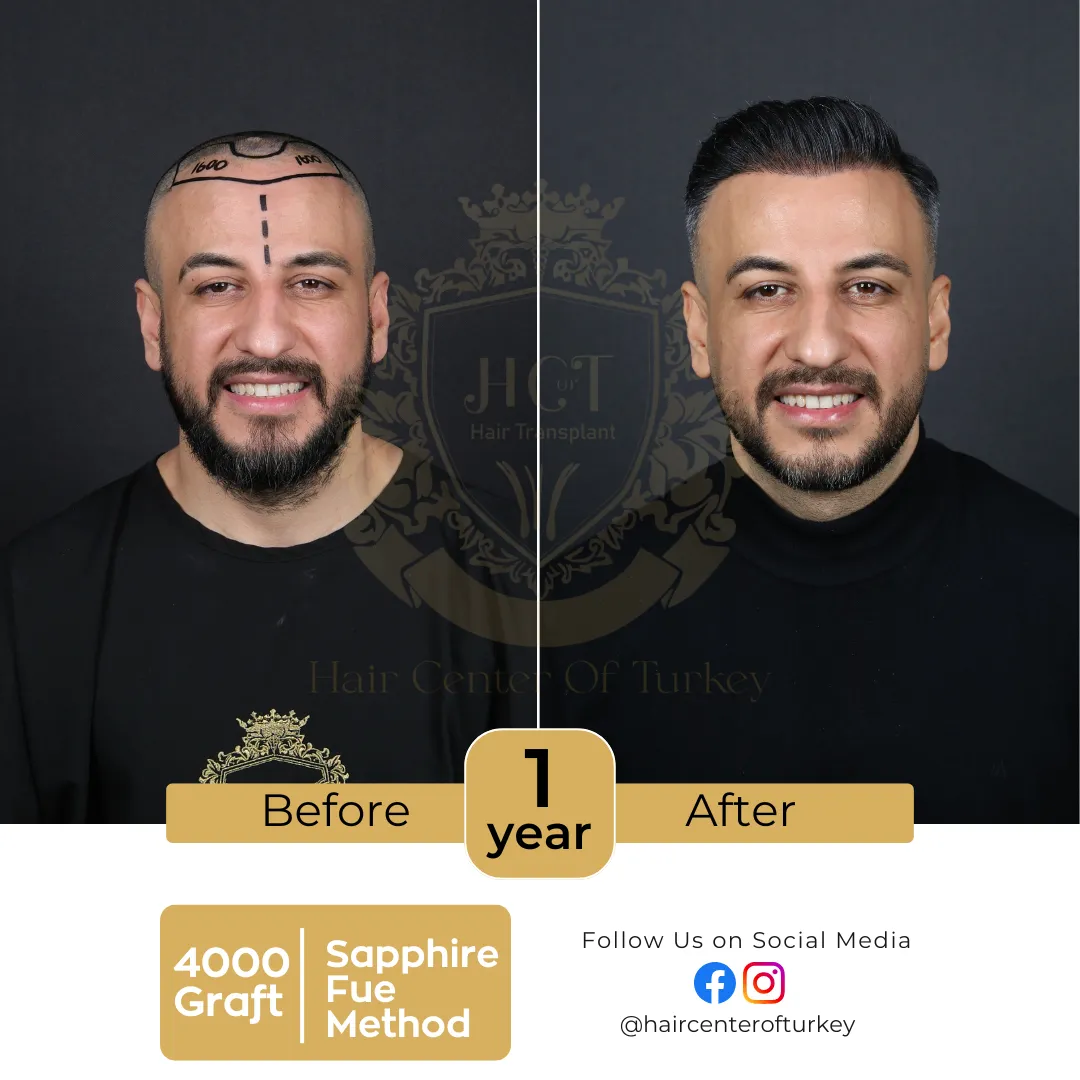
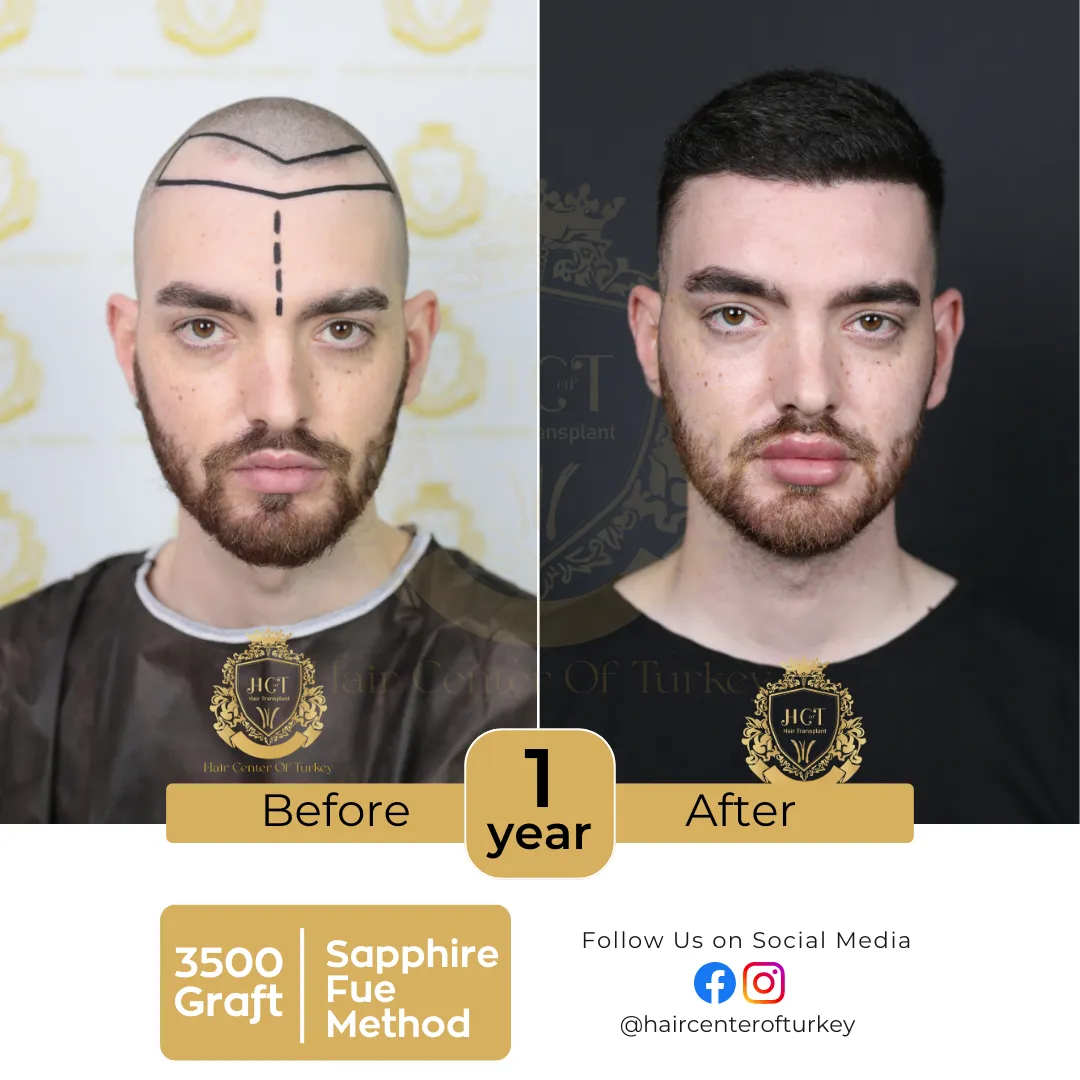
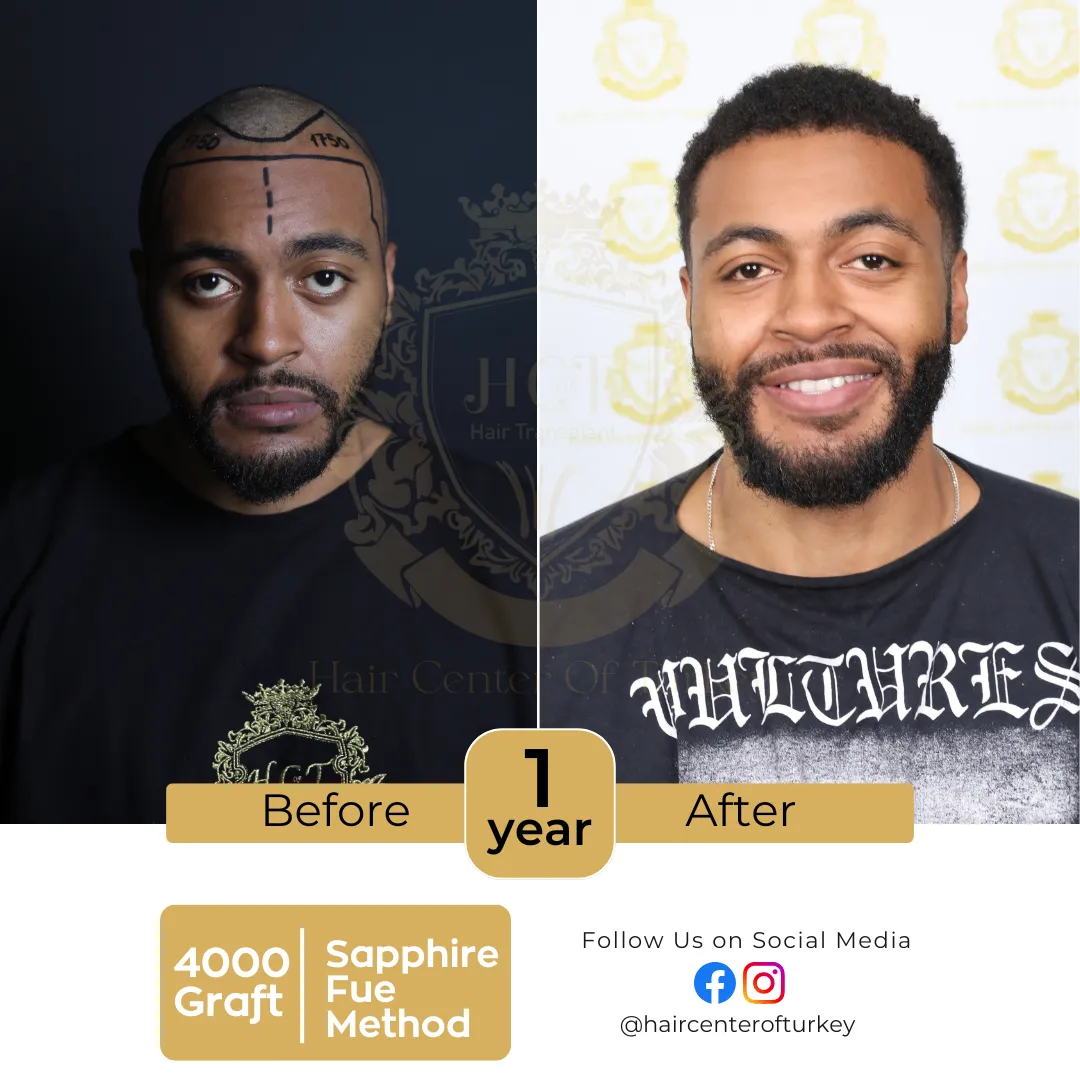


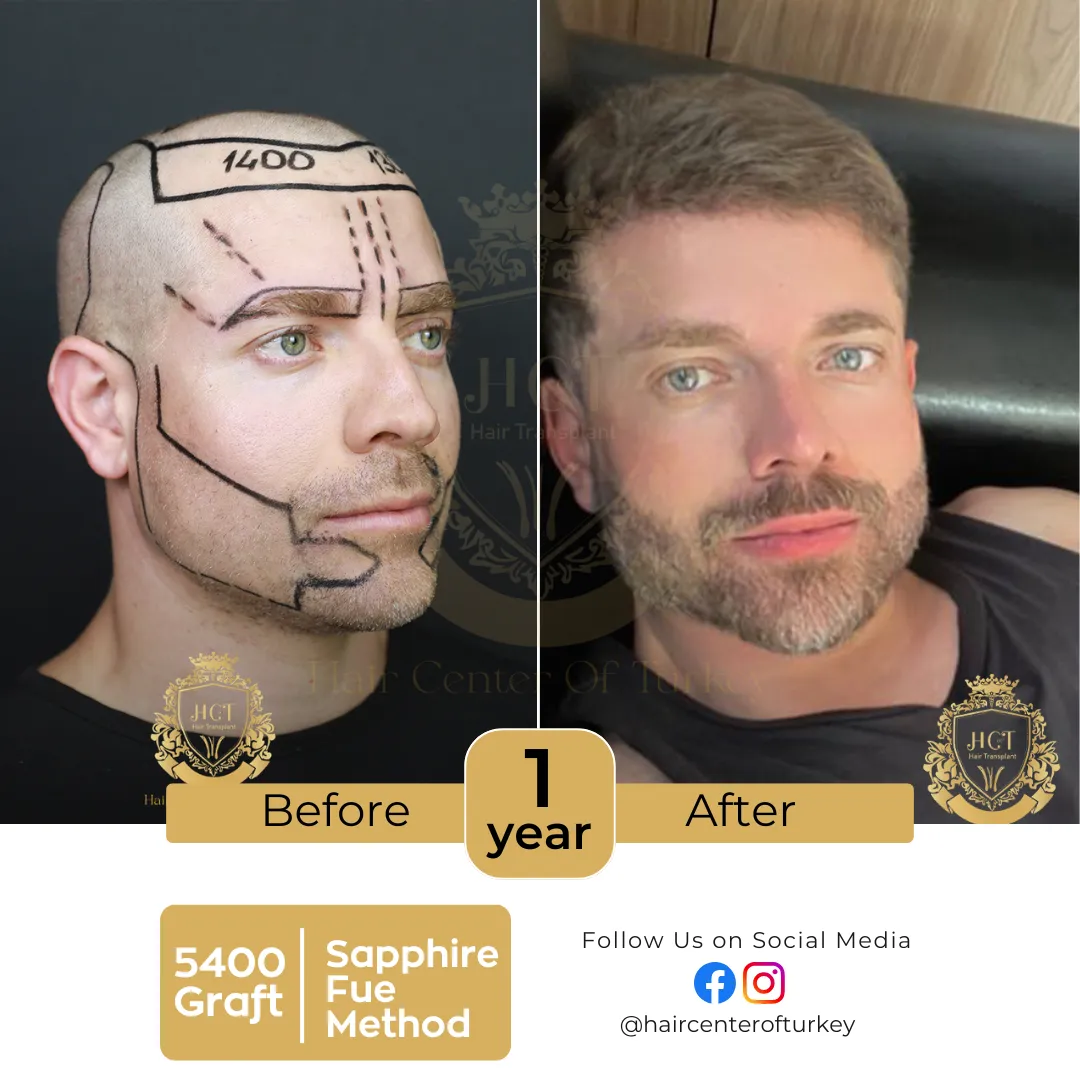
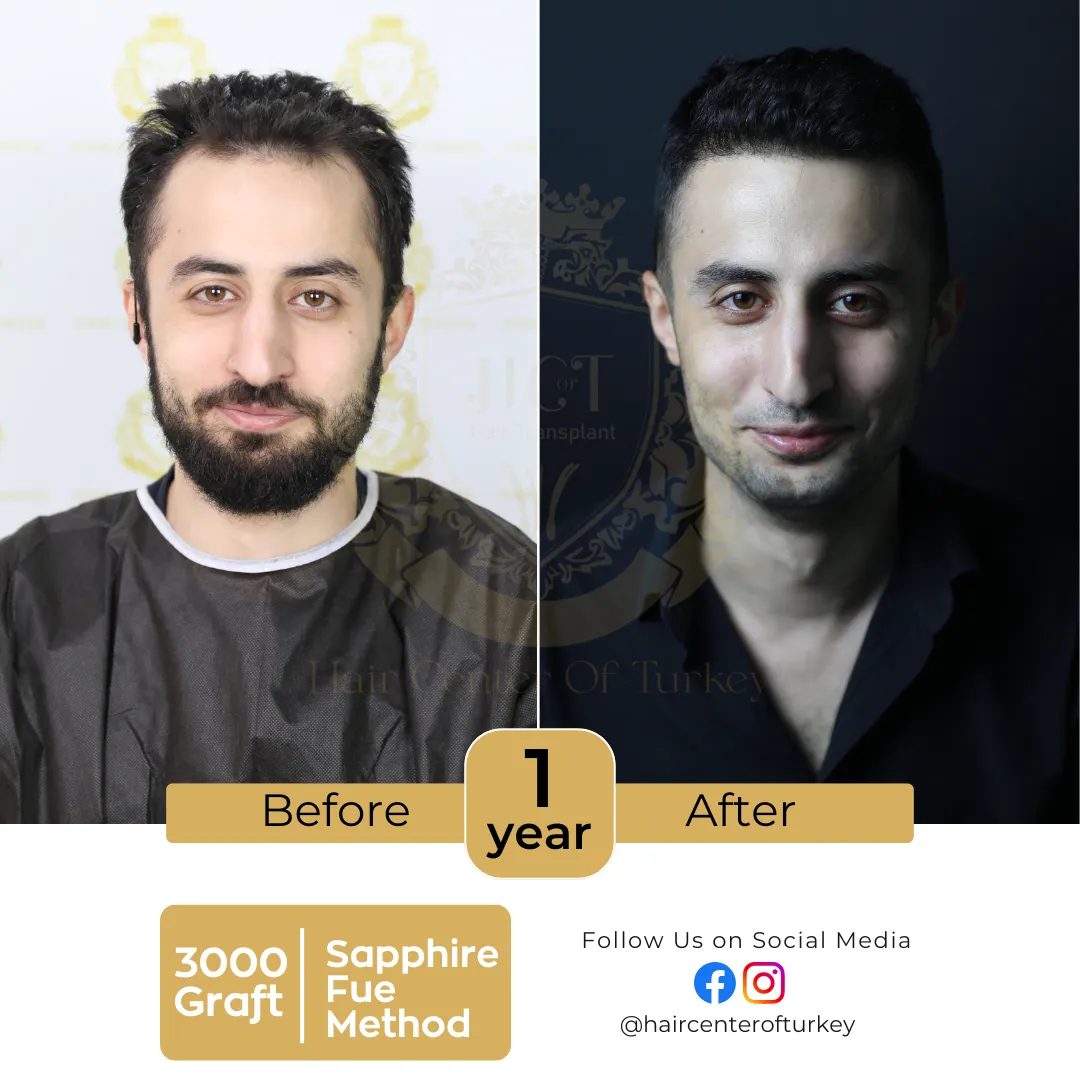


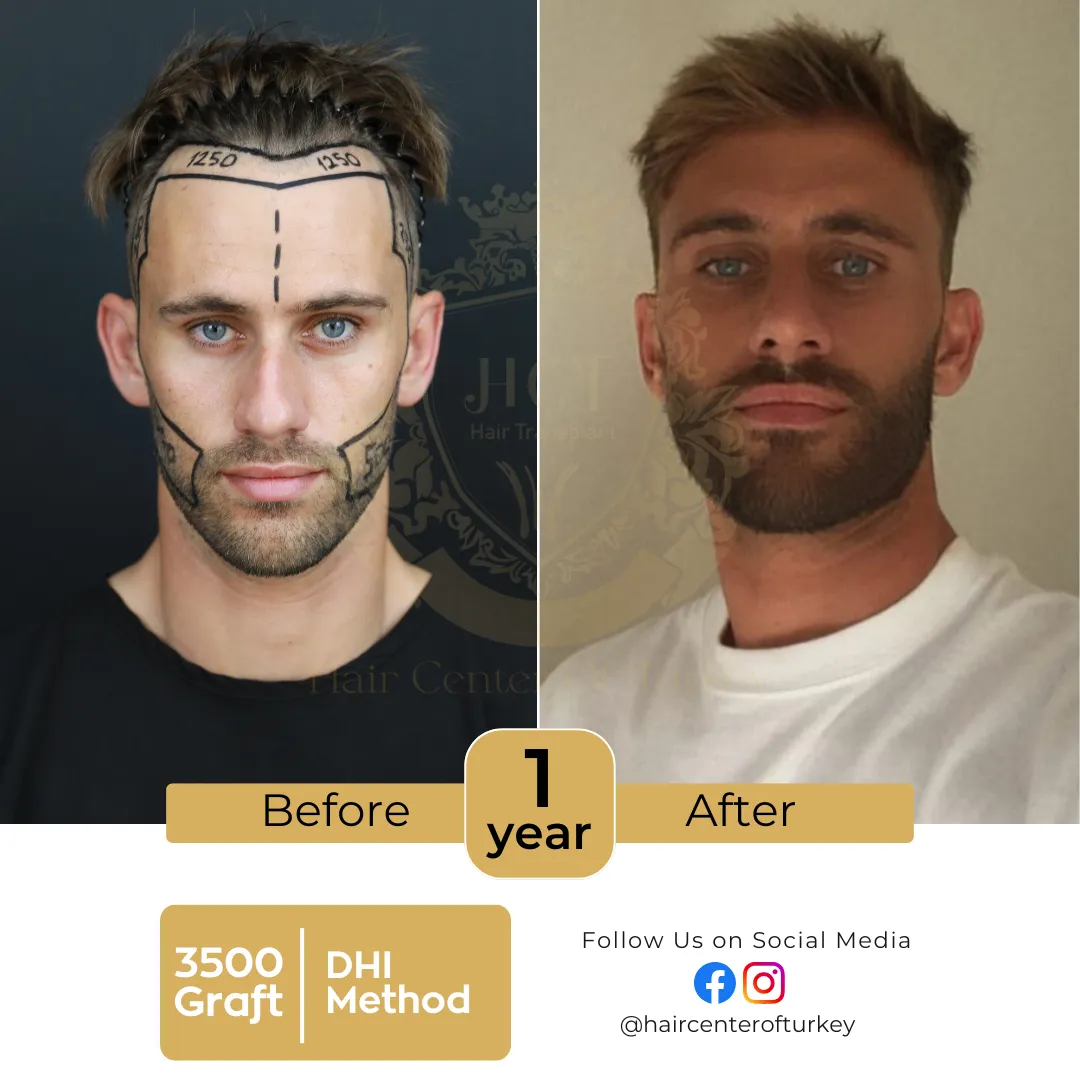

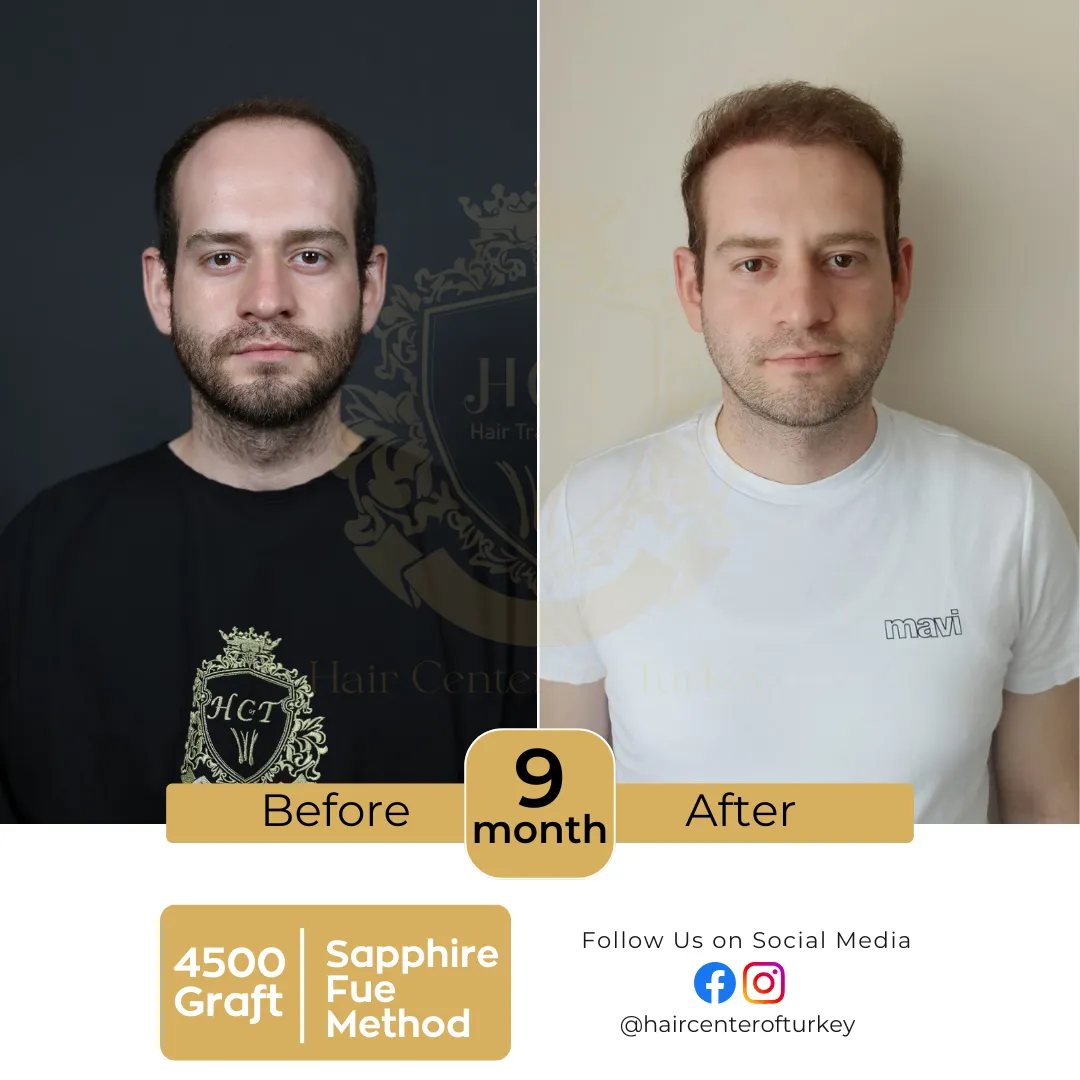
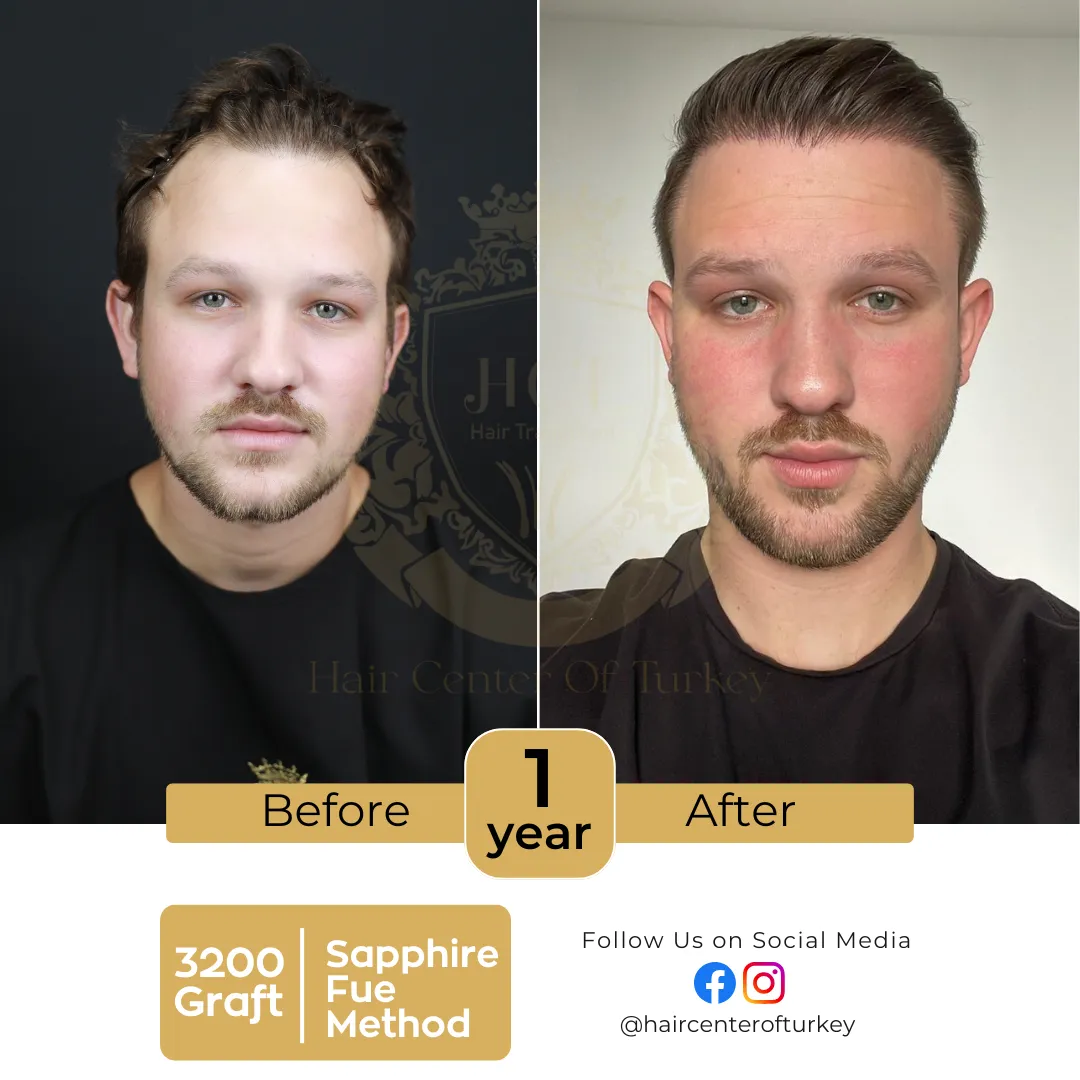
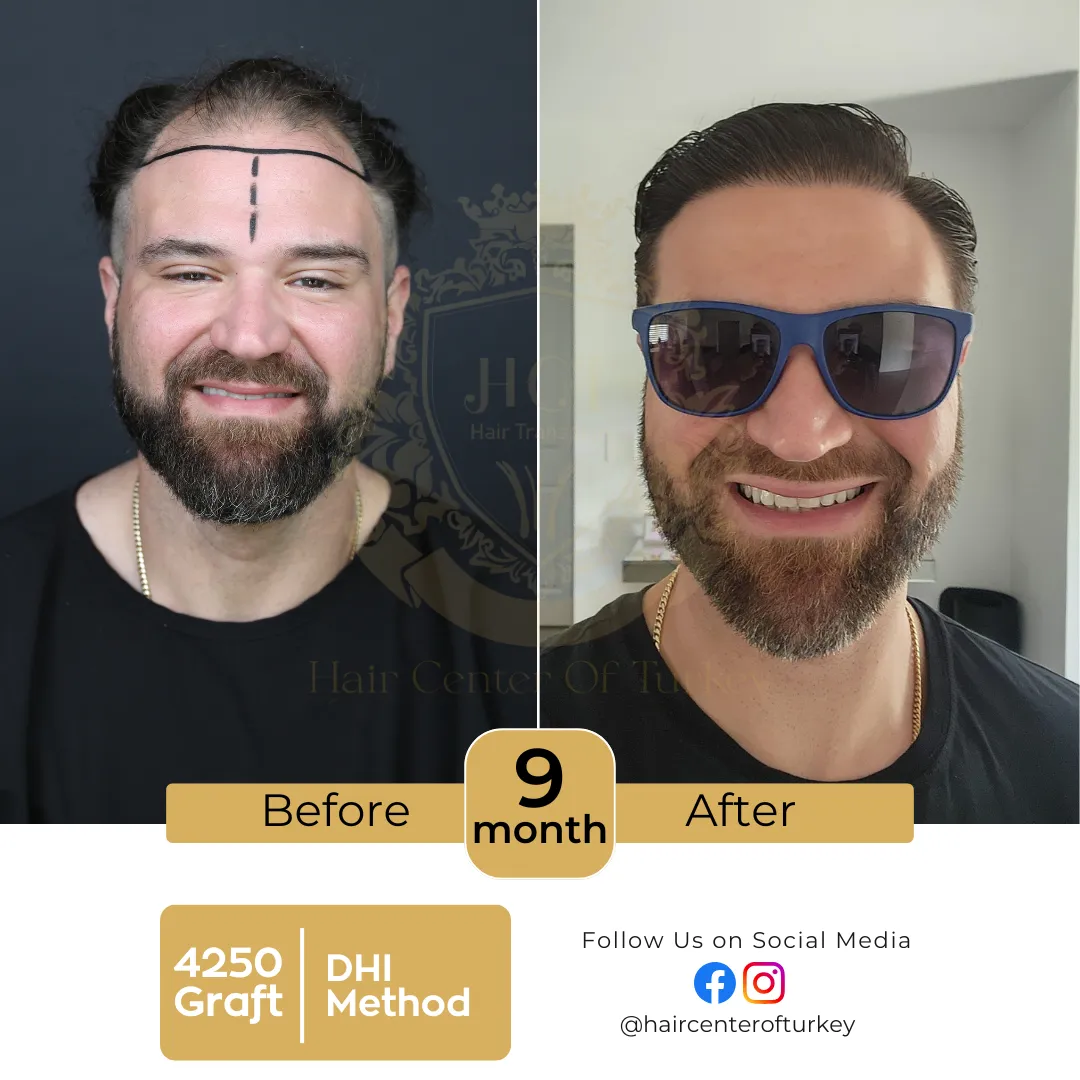
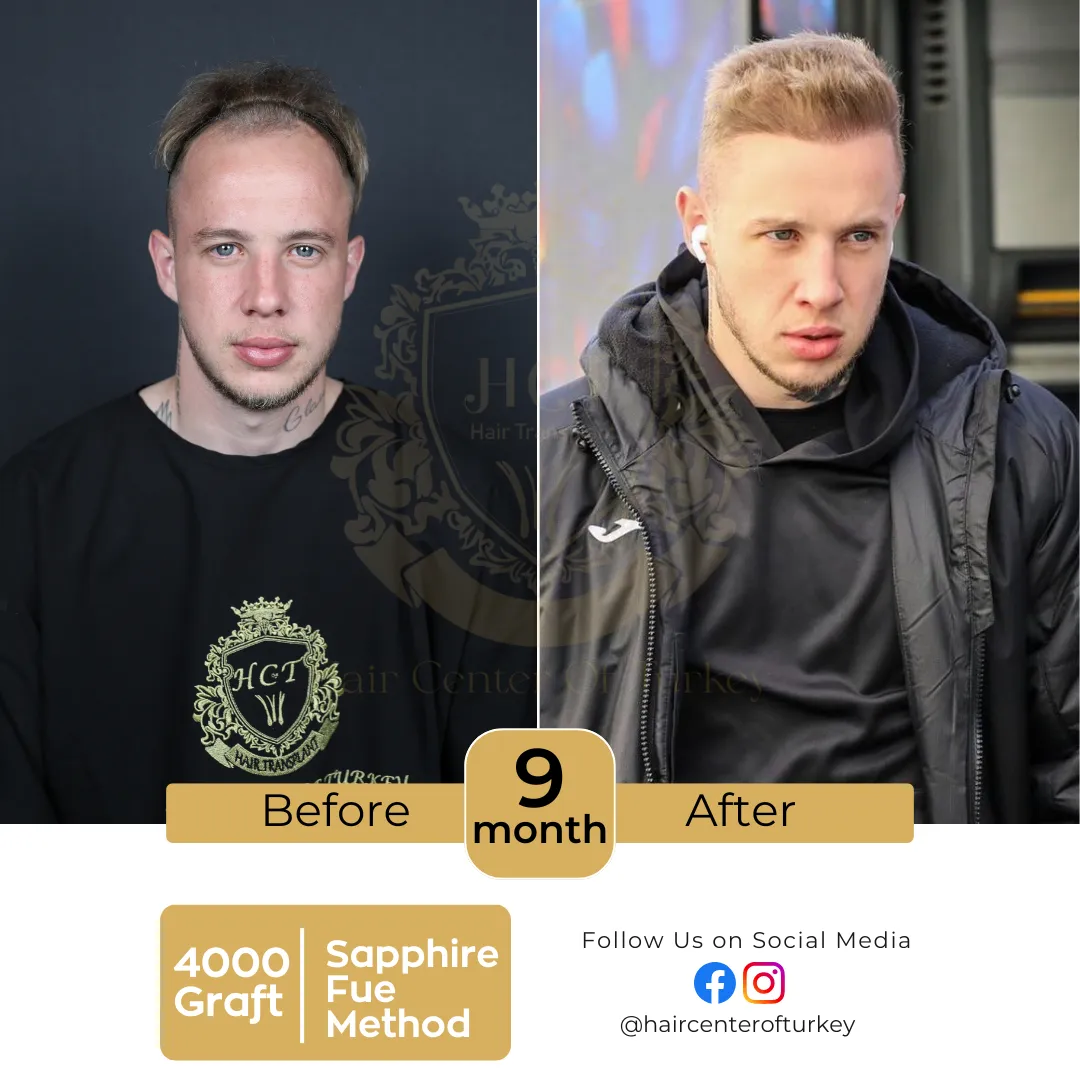
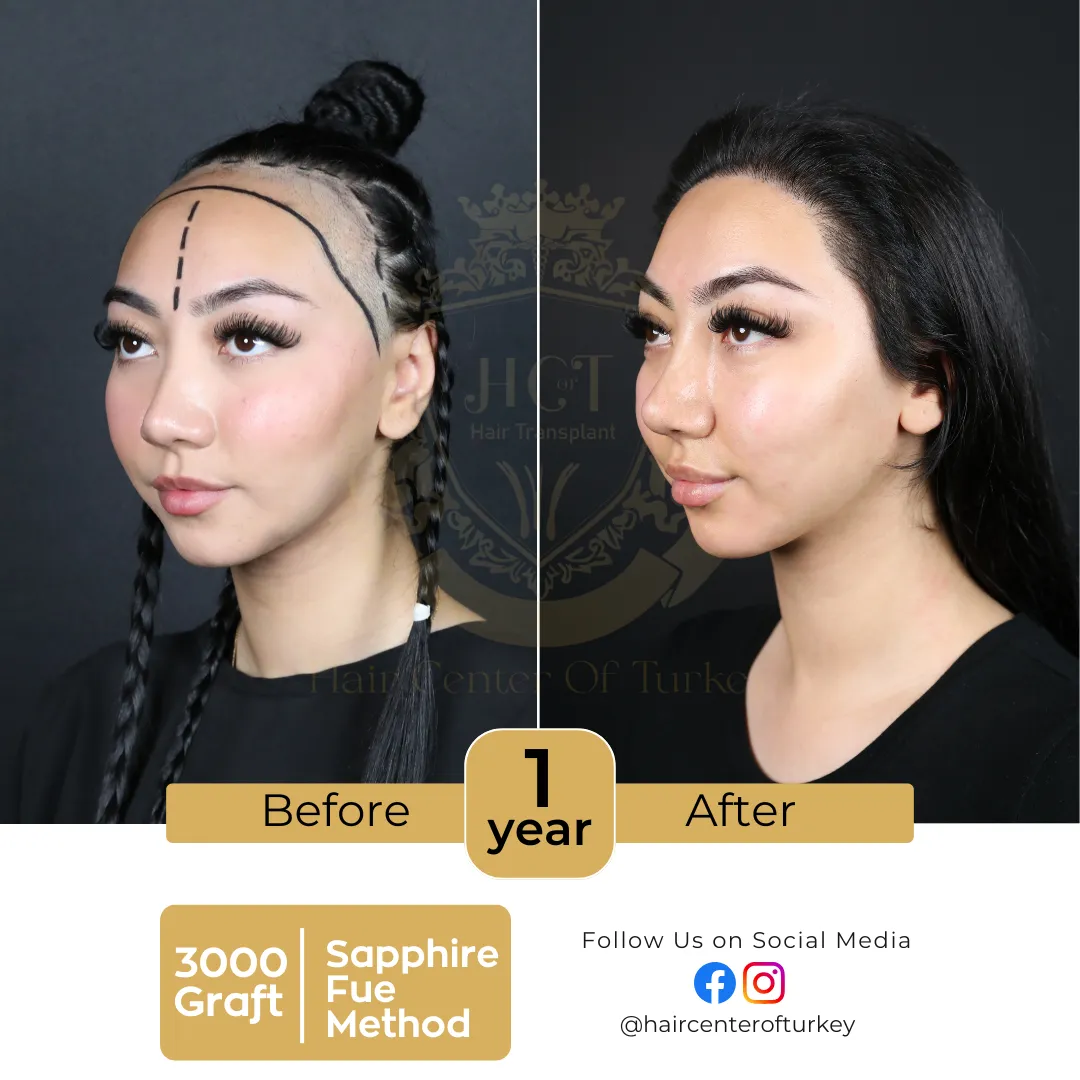
Turkey Hair Transplant Before & After
Before and after images of hair transplantation are the first things that people who are considering hair transplantation are curious about. Click the button to browse this and more.




































